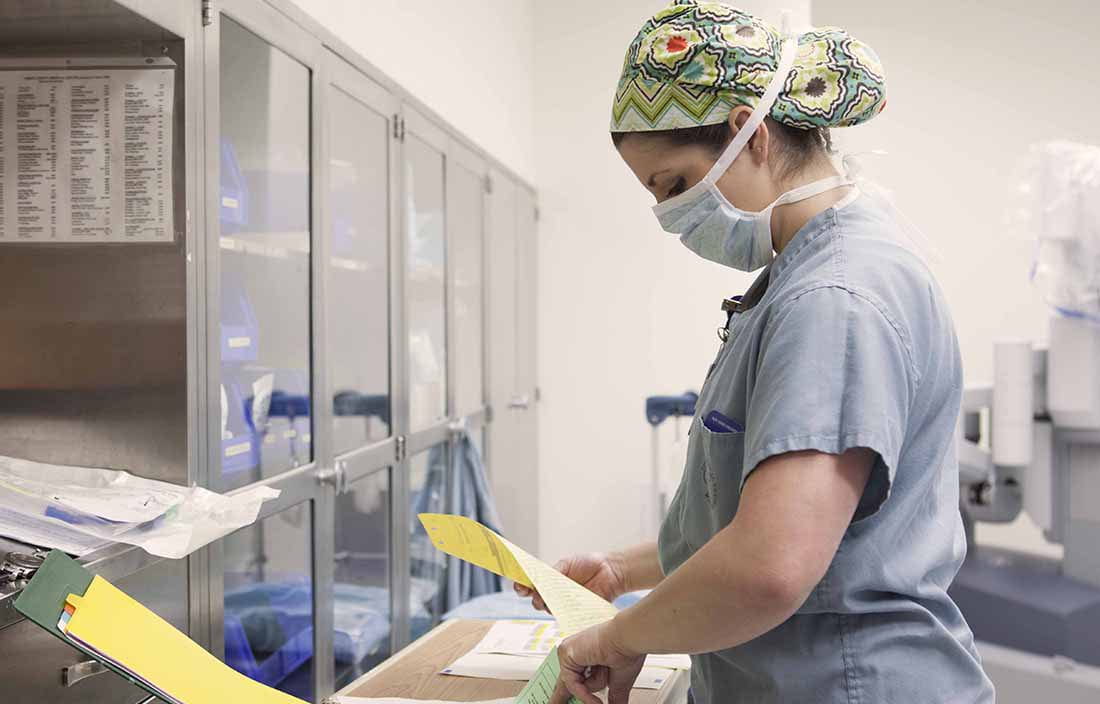The COVID-19 pandemic has transformed the healthcare industry. Social distancing guidelines and cancelled elective procedures have drastically reduced overall volume of patients, exacerbating the margin pressure that was already squeezing hospitals, health systems, and medical groups.
Margins are beginning to show some signs of improvement, but the road to full recovery will be long. As we assess the damage of the first wave of the pandemic and brace for a potential second wave, how do we begin to work our way back toward profitability?
It’s natural to batten down the hatches at the first signs of a storm, and healthcare organizations by and large have been effective at reducing expenses through furloughs, layoffs, across-the-board pay cuts, and other changes to the organization’s expense structure.
Cuts to staffing costs, supply chain, IT, and other areas are all important levers that can and should be pulled to improve the bottom line. But cutting too deep can have undesirable consequences. In particular, your people have years of knowledge that will be costly to replace, and there is no guarantee they’ll return after a furlough.
Revenue cycle is the one area of a healthcare organization where you can move the top line. But do you know where in the revenue cycle to focus your limited resources for the greatest top-line improvement? When times are tight, is it best to drum up some quick cash with zero-balance account reviews? Or accelerate collections by following up on outstanding accounts? Or do you put in place a robust denials prevention strategy?
Many healthcare finance leaders don’t have access to clear data and analytic resources to understand where their organizations are performing well and where they have opportunities for improvement.
A revenue-cycle diagnostic
See if this sounds familiar: You know in your gut that you can improve performance. You see the symptoms of failing financial health — growing accounts receivable balances and denied claims, decreasing collection rate, and unexplained swings in revenue — but you lack the data and insights to diagnose the root causes quickly.
When you don’t know what’s causing your symptoms, treatment becomes a guessing game — one that takes valuable time and resources that you can’t afford. If you have a growing accounts receivable population, is the problem due to low productivity of the AR team, to changing payer practices, or could it be due to human or technology error? Without understanding the root cause of the problem, you can’t know where to invest your limited resources. Even if you do have a strong sense of where the problems lie, pressing day-to-day demands leave you with limited bandwidth to implement and execute on a clear plan that creates accountability across the organization.
Diagnosing revenue cycle performance is the first step to understanding where your organization can make strategic investments that will move the needle toward margin improvement. When you know how your organization is faring as a whole and how it measures up to others in your market — a sort of whole-body scan for your organization — you know exactly where to focus your finite resources to get the biggest bang for your buck. Armed with this knowledge, you can design a care plan, systematically attacking those root causes by redeploying existing staff, optimizing processes, and implementing automation and other technology to improve efficiency.
Invest in people
Given that the revenue cycle touches every part of your organization, people from all corners of the organization can provide useful insight to improve the revenue cycle. Make sure you’re asking a broad cross-section of employees for feedback on everyday issues and pain points, such as:
- What is causing them to be inefficient?
- What can help them be more productive and effective?
- Is there cross-team collaboration? What steps might improve communication within and across teams?
Armed with an understanding of some of these pain points, consider opportunities to redeploy people who have extra capacity on strategic revenue cycle projects. The following are a few examples:
- Solicit input on EHR or automation projects. A number of people throughout your organization have valuable knowledge and experience to help spot trends that are leading to revenue leaks.
- Identify opportunities to rebill. Performing zero-balance account reviews is another excellent opportunity to expose team members to data analytics. In our experience, organizations that perform these reviews typically see a benefit of 1 to 3% of net patient service revenue.
- Implement a denials management program. By aligning people throughout the revenue cycle around a common goal of preventing and reducing denials, many healthcare organizations find they can reduce the final denials write-off rate by half a percentage point.
Invest in processes
One of the biggest challenges in revenue cycle is connecting front-end to back-end. Often, there are no clear processes for back-end staff to let front-end staff know about issues that they are seeing (and vice versa). As a result, it can draw your team into playing the blame game instead of tackling issues together. Organizations must arm people with clear, efficient policies and processes to share and disseminate knowledge, facilitating greater revenue capture.
Following are just a few ideas about where you might make investments to improve revenue cycle processes:
- Look at workflow processes that can be improved to reduce and prevent denials. Focus on processes that lead to the greatest revenue leakage, such as authorization, coverage, medical necessity, and timely filing.
- Organize reviews of high-dollar accounts with team members across the revenue cycle.
- Establish or optimize financial counseling, keeping in mind that more people today are unemployed and therefore temporarily qualify for Medicaid.
Each of these areas presents the potential to significantly raise your top line. For example, by improving financial counseling processes, we’ve seen annual benefits of $5 to $10 million.
But without a clear understanding of what’s causing underperformance, it’s hard to know where to invest for the greatest impact. Many healthcare leaders have gut feelings about where revenue cycle problems sit, but they’re hamstrung by disparate reporting systems that produce a fragmented view of the organization’s financial performance. Now more than ever, accurate data is essential to understand which processes to invest in now, which makes investments in technology the critical third leg of the stool.
Invest in technology
Technology enables organizations to get more out of their people and processes — but how do you get the most out of your technology?
Here are a few practical suggestions about how to optimize your technology to improve revenue cycle performance:
- Invest in dashboarding tools that give your executives the revenue cycle information they need to make day-to-day decisions. Effective visualization and dashboarding tools enable executives to understand the information in under 10 seconds.
- Identify automation opportunities. When it comes to process improvement, many margin improvement opportunities are only economically feasible through automation. Fortunately, technologies such as robotic process automation (RPA) and machine learning are more accessible and affordable than ever before. In some cases, low-code RPA technology can be bootstrapped with a minor investment — often less than $2,000 — and can result in automating routine workflows to free up FTE resources for more important tasks.
- Optimize the EHR system. By leveraging existing staff to identify trends and make improvements, you can uncover revenue cycle improvement opportunities without any added expense. For example, existing EHR functionality might be able to automate functions that staff are doing on a day-to-day basis, such as writing off accounts that are below a certain dollar amount.
Now is the time
The time for these investments is now. As volumes are beginning to pick up, your people will be increasingly busy reacting to operational needs, and you’ll lose this opportunity for proactive improvements.
Successful revenue cycle improvement calls for a multidisciplinary team with expertise in revenue cycle, analytics, EHR technology, and experience across many health systems. We have the healthcare revenue cycle, data analytics, and technology expertise to help you uncover opportunities to optimize your revenue cycle.





